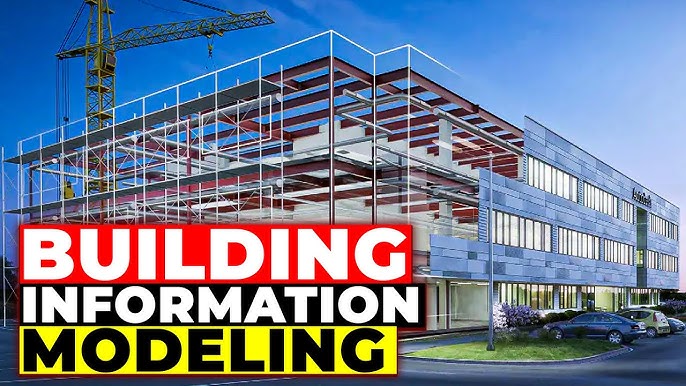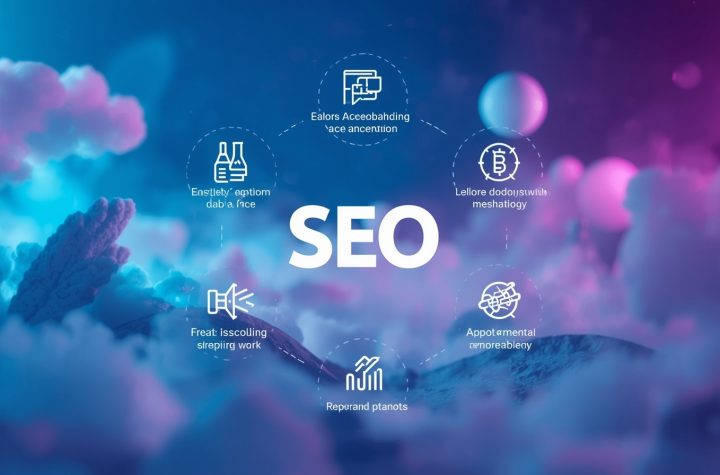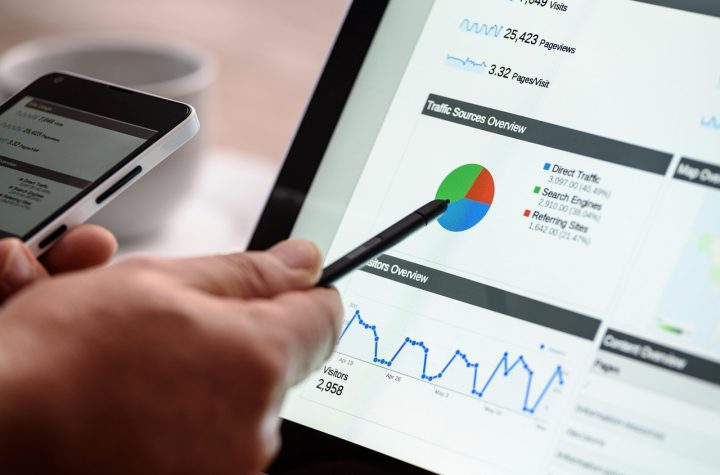
Contractors face a tough market today. Competition is stiff, costs are high, and clients want things done fast. Many struggle to juggle deadlines and quality at the same time. That’s where new tools kinda help. BIM helps contractors plan projects with accuracy. It cuts mistakes, trims waste, and saves time. On the flip side, digital marketing helps them reach more clients. A website, search visibility, and social media can build trust even before the first meeting. Contractors who rely only on word of mouth often miss chances. But when BIM and digital marketing work together, they give a strong edge. One shows skill, the other brings leads. Together, they give contractors what they really want: more projects won.
Understanding BIM and Its Role in Construction
BIM stands for Building Information Modeling. It’s basically a digital way to create and manage project info. Contractors can use BIM to design, plan, and track work accurately. Unlike paper drawings, BIM gives a clear 3D view. It helps spot problems before work starts and cuts mistakes that can cause delays or extra costs. Teams share one model, so everyone stays on the same page. Contractors save money by cutting waste and rework. They also save time because updates are quick. These days, many clients check if contractors use BIM. They see it as proof of modern skill and reliability. Without BIM, contractors might lose trust… or miss out on bids. BIM isn’t just nice to have anymore it’s fast becoming a must.
Digital Marketing in the Construction Industry
Digital marketing helps contractors show their work and grab clients online. It covers websites, SEO, paid ads, content, and social media. A solid website works like a business card that never sleeps. SEO helps people find the site when they search for services. Paid ads give faster reach if contractors want quick leads. Social media shows past projects, client stories, and team skills. Useful content builds trust and answers client questions. This digital presence makes contractors look professional and reliable. It also helps them stand out from local competition. Still, many rely mostly on word of mouth. That really limits growth. Clients check online before calling. If contractors aren’t there… they lose chances. Digital marketing isn’t a trend it’s a key tool now.
Why Combining BIM and Digital Marketing Matters
Contractors get a lot when BIM meets digital marketing. Marketing brings leads. BIM shows skill and project quality. Together, they create strong visibility and capability. Clients see proof and promise at the same time.
Sharing BIM projects online builds trust. When clients view 3D models, plans, and accurate project info, they feel confident hiring. Marketing highlights these projects on websites, social media, and emails, showing contractors as reliable and modern.
This combo helps contractors stand out. Many competitors still use old methods. A contractor who shows digital models while running campaigns looks innovative. That edge can tip clients toward them.
It also improves client experience. BIM provides clarity on timelines, designs, and updates. Marketing ensures clients find this info fast. Together, clients get transparency and convenience before a project starts.
For example, a mid-sized contractor in Dubai shared BIM-enabled building models on social media. The campaign had case studies and visuals. Within weeks, inquiries doubled. Clients loved the detailed presentations and smooth communication. The contractor landed three new projects worth over $2 million.
Pairing BIM and marketing isn’t just smart it’s a practical way to win more projects and build a strong reputation.
Practical Ways Contractors Can Use BIM and Marketing Together
Contractors can show BIM visuals on websites and social media. 3D models give clients a clear view. Photos and videos of models make posts pop.
Project data can also turn into content. Blogs about timelines, material use, or cost savings work well. Short videos explaining steps grab attention. These materials show skill and professionalism.
Marketing campaigns should highlight efficiency and savings. For instance, a post can explain how BIM cut errors and costs. Clients respond to clear numbers and results.
Client testimonials add credibility. Sharing stories from happy clients about BIM-enabled projects builds trust. Videos or written reviews work online.
Using BIM and marketing together leaves a strong impression. Potential clients see both expertise and proof. This combo increases inquiries, improves trust, and helps contractors win more projects.
Challenges and How to Overcome Them
Contractors often resist new tools. Teams may feel comfy with old ways. Change can feel tricky… or risky.
Budget can also hold progress back. Marketing campaigns and BIM training cost money. Small businesses may find it tough to spend upfront.
The trick is to start small. Focus on one project or marketing channel first. Learn what works and then expand.
Pick the right platforms for BIM and marketing. Free or cheap tools help at the start. Gradual investment lowers risk and builds confidence.
Training the team step by step helps adoption. Contractors who pace growth often see faster results. Small wins build trust, boost skills, and open doors to bigger projects.
The Future of Contractors Using BIM + Digital Marketing
The construction industry is moving fast. Clients expect contractors to use tech for better planning and results.
Tech-savvy contractors get an edge. They use BIM to manage projects and digital marketing to reach clients effectively.
New tools like AI, AR/VR, and digital twins are shaping marketing. Contractors can show virtual tours, simulate designs, or provide interactive demos. These tools make projects easier to understand and build trust.
Early adopters get a clear lead. Clients like contractors who use advanced tools and communicate digitally. Marketing campaigns backed by BIM data build strong credibility.
Contractors who mix technology and smart marketing attract more projects. They save time, cut errors, and grow reputation faster than competitors.
Conclusion
In today’s construction market, having technical skills isn’t enough for a BIM consulting services business. You also need visibility, trust, and a steady flow of leads and digital marketing makes that possible.
By combining BIM with smart marketing, contractors improve efficiency and earn client confidence. Projects finish smoother, and clients feel assured every step of the way.
Starting small and adopting both tools gradually helps businesses grow consistently. Each success builds credibility and opens doors to bigger opportunities.
Marketing highlights your expertise, while BIM proves your capability. Together, they give a strong competitive advantage.
Winning more projects isn’t only about building well. It’s about connecting with the right clients, showing value, and working smart. Contractors who blend technology with marketing are best positioned to lead the industry.




More Stories
5 Key Benefits of Hiring an SEO Reseller Partner for Growth
Geo‑Targeted Advertising for Real Estate: Reaching Buyers Locally & Globally
The Digital Marketing Power in contemporary online world